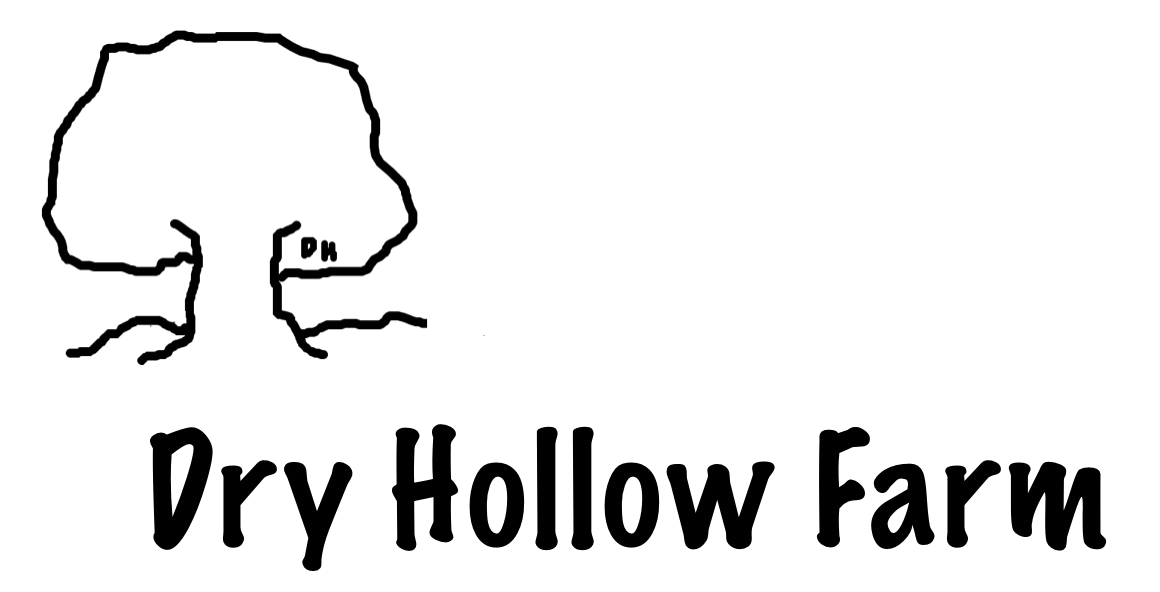Our Milking Strategy
Every bar of our goat milk soap contains 22 % raw goat milk. What does this mean? We milk goats!
We receive many requests from potential goat milk buyers, but we are not a USDA certified dairy. Because of this, we do not sell raw milk, cheese, or any other dairy comestible. It is a risk we are unwilling to take. Every ounce of milk (except what goes into our own personal stomachs) is used for soap production.
When creating a milking agenda, the dairy goat farmer must consider a variety of factors:
#1 How much milk do we need? Ten years ago we began with a small Nigerian Dwarf goat herd. Their milk is high in butterfat content, but output is low per animal. As demand for our soaps grew, we added Nubian does for additional milk production.
#2 What will we do with the newborns? The decision must be made by Day 3 whether to allow the mother doe to continue nursing though weaning, or pull the newborns and create bottle-babies. With bottle babies, milking can begin immediately. If bottle babies are females, they quickly acclimate to human handling and will prove better milkers once they reach maturity. Milk amounts may not be as significant for the first month as much of this milk will return to the goat kid through the bottle (unless you choose to use formula, which is an added expense).
#3 How will we milk? We began hand milking (very challenging with Nigerian Dwarfs), but quickly moved to a vacuum-pump steel canister with tubing. I soon developed a love-hate relationship with O-rings, pumps, filters, and teat cups. Cleaning twice a day took copious amounts of time, and the hours spent tearing machinery apart to find seal leaks quickly added up. At this point, we have returned to simple hand milking of our Nubian goats. There is something very satisfying about the simple process of hand milking a doe in the darkness of early morning, and again at dusk. It is a calming process.
#4 How long will we milk? The answer to this question depends upon your answer to question #1. We need enough milk to sustain a year of soap making. As soap orders rise, milk production must correspond. We tend to milk our goats through the spring months and into early summer. When do we stop? The day before we leave for a summer travel vacation! Each year this is our target date (and we begin counting down by late April!).
This is our approach to milking at Dry Hollow Farm. Your approach will depend upon your milking needs and goals. If you plan to milk year round, then a breeding plan is required in order to guarantee does in milk throughout the year.
Dr. Kathryn Bush owns and operates Dry Hollow Farm, a working goat and sheep farm in Huntingdon, Tennessee. Together with her husband, Russell, she creates skincare products from their fresh goat milk, grows organic herbs, welcomes visitors to their two cabins on the farm (available for stays through Airbnb), keeps the farm’s on-site soap shop stocked with their handcrafted products, and enjoys working the farm in company with their Great Pyrenees dogs (who work hard guarding the animals). Check out their natural products featuring farm-grown ingredients here, and sign up for the Dry Hollow Farm newsletter to stay in touch and be the first to hear about farm news, events, and new products.



